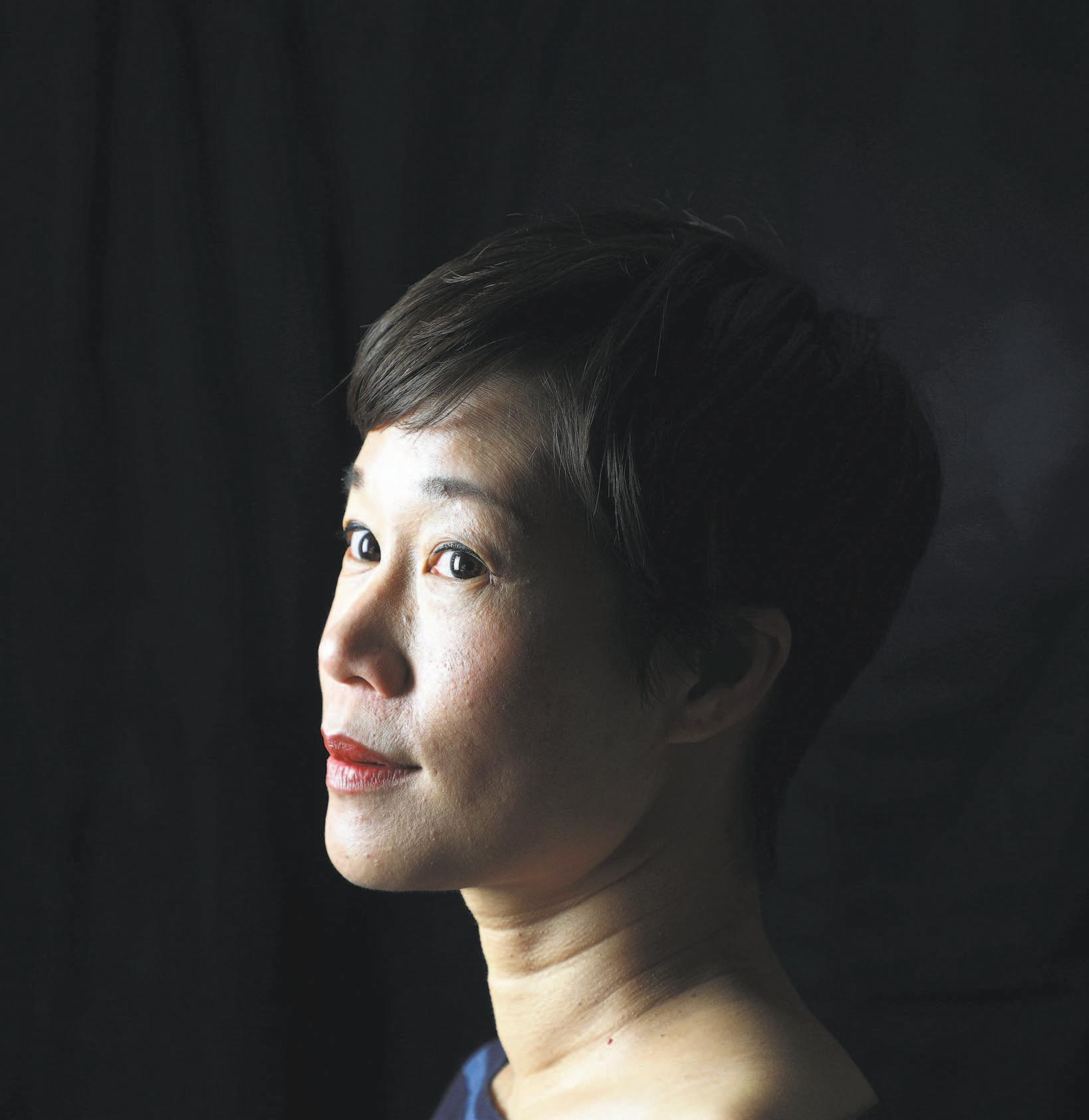
2 minute read
Yangsze Choo: Drawn to ‘strange and odd’ tales
BY CHUCK BARNEY
It wasn’t all that long ago that Palo Alto resident Yangsze Choo, 45, wrote only for herself — late at night, as her husband and children slept. It was her way, she says, of “escaping to another world and having an interior life.” Sharing her gift with others wasn’t the plan. But now the Harvard grad is a twice-published author with a quickly expanding audience. Choo’s first novel, “The Ghost Bride,” is being made into a Netflix drama series. Her most recent, “The Night Tiger,” was the April selection for Reese Witherspoon’s Book Club.
QFirst Netflix, then Reese Witherspoon. Just how cool is that?
AIt’s pretty unbelievable. I’m verklempt. I’m overawed. It all seems a little unreal and makes me feel like I want to have a good cry and eat lots of peanut butter and chocolate.
5 Book Picks From Choo
QYour books lean into dark intrigue – ghosts, murder, superstitions, Chinese folklore. What drove you in this direction?
AI’ve always been interested in strange and odd tales — things that perk your ears up and make you say, “Oh, wow.” Growing up in Asia, there are a lot of peculiar customs and traditions. As a curious kid, I’d always ask, “But why?”
QSo you must enjoy spooky movies, right?
ANo, I’m too chicken to watch scary stuff. I’d rather read a book. That way, you can flip the pages when a passage gets too frightening. Or you can hide behind a fat sandwich.
QWe hear that your mother hopes that you eventually gravitate toward more “uplifting” stories.
AShe occasionally wonders, “Why don’t you write things that make people cheerful?” Of course, she also asks, “Why do you wear such dark clothes?” or “Why don’t you put some lipstick on?” Overall, she’s very supportive, but I think she really would like me to write a selfhelp book.
QHow does writing fulfill you?
AI believe people, in general, have a desire to create something with their own hands, whether it be knitting a sweater or making model boats. There is personal gratification in that. I think I would still write if no one ever read another word of mine. The other way writing fulfills me is that it allows me to be a researcher and explore a strange idea.
“My Family and Other Animals” by Gerald Durrell: Someone gave me this very funny book as a child. Durrell (a British naturalist) wrote often about collecting rare animals. We had a lot of pets growing up. My father had a great knack for rescuing animals.
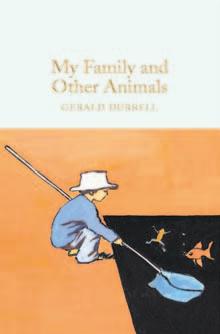
“The Likeness” by Tana French: Reading (French’s crime mysteries), I felt like I’ve become an Irish cop! Her prose is so tight, and she really knows how to drive a story forward. This book is full of longing, and it says a lot about what it means to have a home.
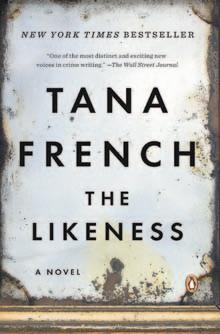
“Hard-Boiled Wonderland and the End of the World” by Haruki Murakami: I’m a big, big fan of his. He does a great job of bringing the supernatural into everyday mundane life, which is something I try to do.
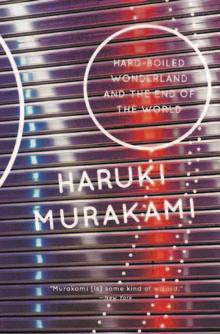
“Jonathan Strange and Mr. Norrell” by Susanna Clarke: This is a very fat (782 pages) and wonderful book, especially if you enjoy English fantasy. It takes you to an interesting and inventive — yet playful — world.
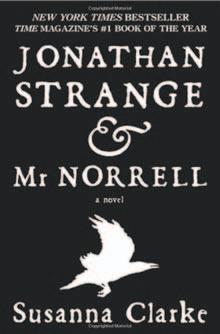
“Indian Cooking” by Madhur Jaffrey: Am I allowed to pick a cookbook? Jaffrey writes very well, and I enjoy how she shares stories of her childhood. Also, all of her recipes come out really great.
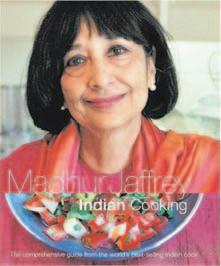
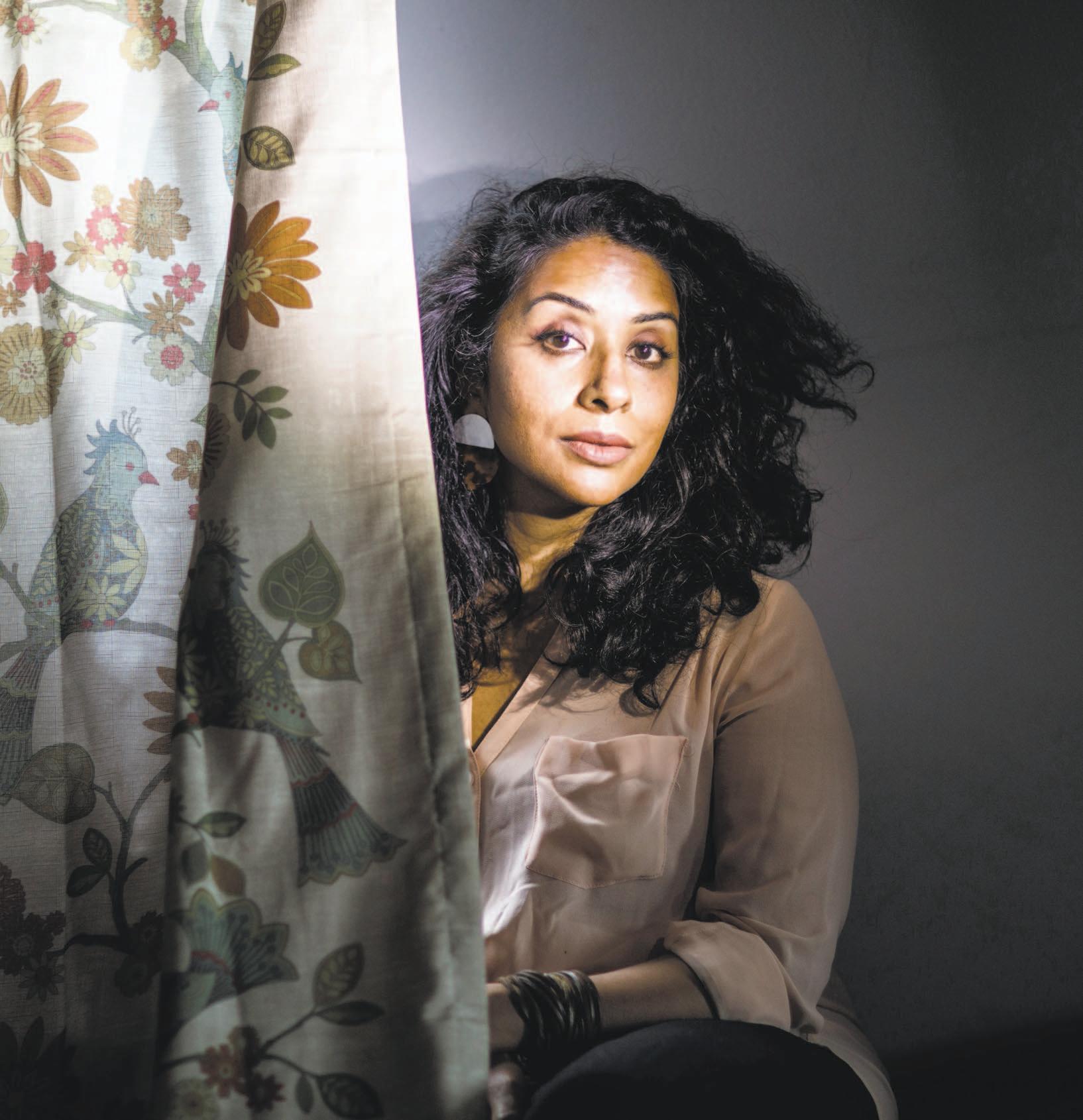
PHOTO BY
AUTHOR
Shanthi Sekaran: ‘Lucky Boy’ and the immigrant experience
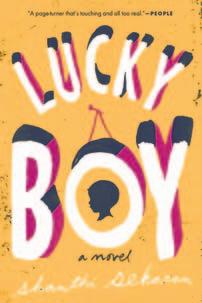
BY JOAN MORRIS
Mills College adjunct professor Shanthi Sekaran soared to fame with the 2017 publication of “Lucky Boy,” which was named a best book of the year by NPR and Library Journal. Set in Oaxaca, Berkeley’s Gourmet Ghetto and Silicon Valley, the book explores issues of immigration, government-ordered family separation and cultural clashes through the eyes of two mothers linked by their love of one young boy.
QHow much was “Lucky Boy” inspired by what’s going on in the United States today?









